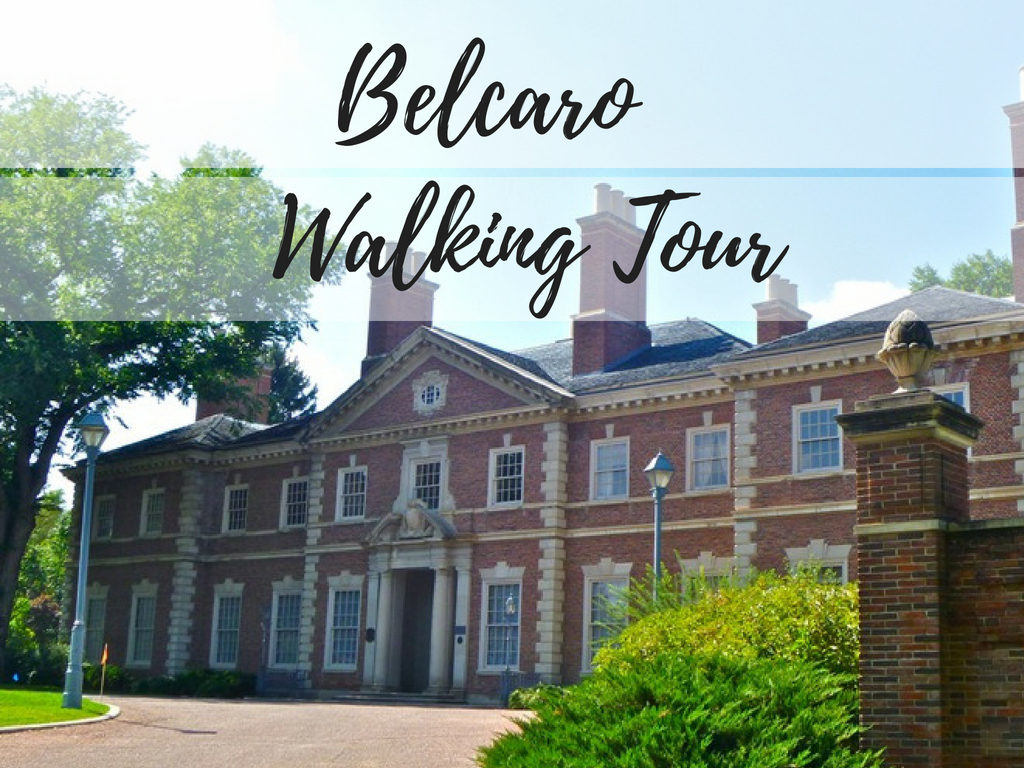
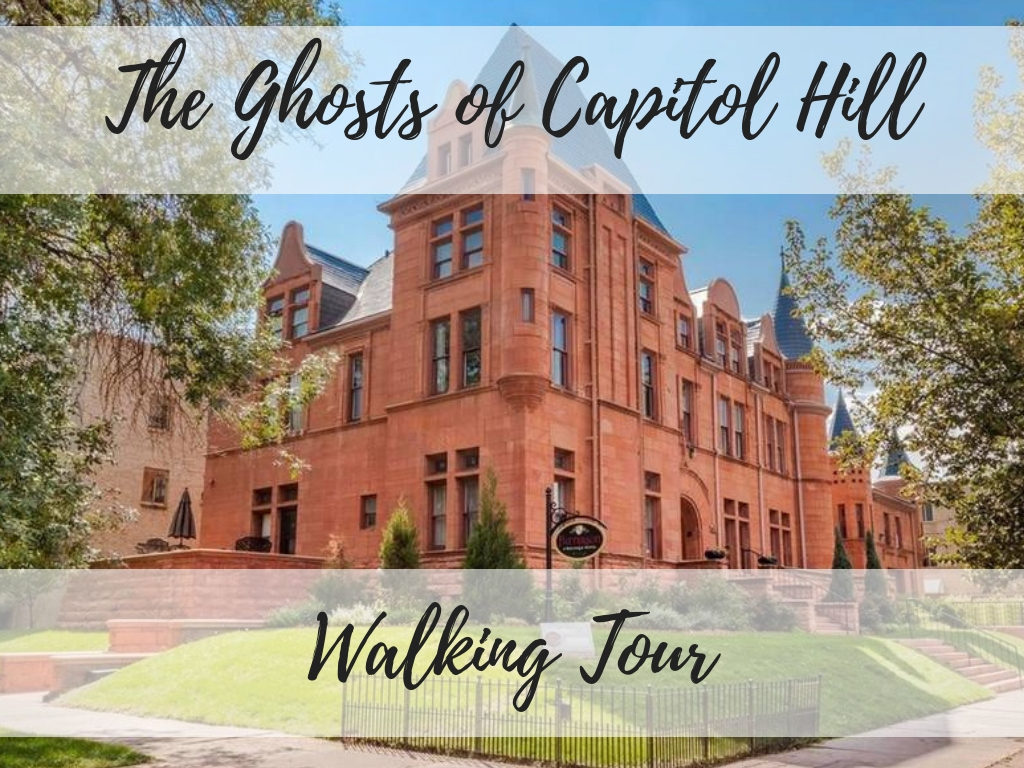
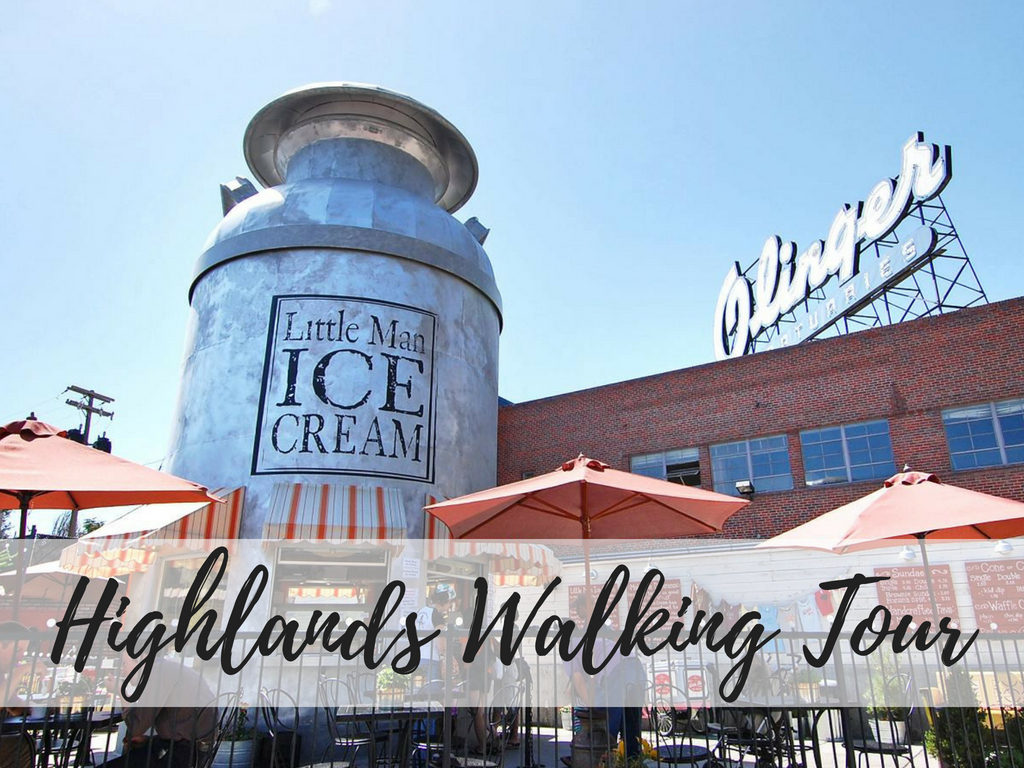

Tours sponsored by Jessica Abegg and The Alchemy Group: Please see below for a list of tours sponsored by Jessica Abegg. Tickets are Jessica’s gift to you! Participant’s may tip the tour guide as they see fit.
Saturday, April 23: North Denver, 12:00 noon–1:00 pm
Meet at the pavilion/pyramid in Columbus Park, West. 38th Avenue between Navajo and Osage streets. (Navajo is the “N” street in the alphabet west of Broadway; it is about 16 blocks east of Federal Boulevard.) This is a free tour. Participants may tip the tour guide as they see fit.
Sunday May 15th 12:00 pm Platt Park: Gather in front of the Decker Library at the southwest corner of South Logan Street and Florida Avenue. (Logan is four blocks east of Broadway. Florida is four blocks south of Mississippi Avenue and four blocks north of Evans Avenue.)
Tuesday June 21st 6:00 pm W Highlands: Meet in front of Edison School, on the west side of Quitman Street between West 33rd and West 35th avenues. (Quitman Street is five blocks west of Lowell Boulevard and 11 blocks east of Sheridan Boulevard.
Other Phil Goodstein Tours: Want more of Phil’s amazing tours? See below for a list of other great tours that he will be hosting this year!
January-March 2025
Talks by Phil Goodstein
A copy of this schedule is available at LeonardLeonard.com and Liveandlovedenver.com. Private tours are available. Books may be ordered from CapitolHillBooks.com, 303–837–0700 or bookelves@westsidebooks.com, 303–480–0220. Copies of Fairmount: Denver’s Ultimate Cemetery are available for $35.00, tax and post paid, from New Social Publications, Box 18026; Denver 80218.
Saturday, January 4: Denver History Night, 5:00 pm
This is a free event that discusses Denver history and politics. Usually those present share a pizza. It gathers at Mici’s, 727 Colorado Boulevard (near the northwest corner of Seventh Avenue). No reservations are necessary.
Saturday, January 25: Mile High Cemetery Lore, 2:30 pm-3:30 pm
This is a free talk about Fairmount: Denver’s Ultimate Cemetery, other Goodstein books, and the character and history of Park Hill. It is at the Park Hill Library at the northeast corner of Montview Boulevard and Dexter Street. (Dexter is seven blocks east of Colorado Boulevard.)
Tuesday, February 4: Everything You Ever Wanted to Know about Denver, 6:30 pm–9:00 pm
This is the first of a series of four lectures on the history of Denver from the Pikes Peak gold rush to the present. The focus of week one will be on the forging of the area. Along the way, there will be a discussion of the nature of the city’s street system. It meets at 1330 Monroe Street. The cost is $15. All four lectures cost $50.
Saturday, February 8: The Haunts of the Smiley Library, 1:00 pm–2:00 pm
The Smiley Library is a small, quaint facility in Berkeley Park at West 46th Avenue and Utica Street (one block west of Tennyson Street and seven blocks east of Sheridan Boulevard). It is named for William Henry Smiley who is buried at Fairmount Cemetery. So what was the link? Is there a ghost in Berkeley Lake? Of course, this free talk at the Smiley Library will also deal with Fairmount: Denver’s Ultimate Cemetery and Goodstein’s North Side Story.
Tuesday, February 11: The Emerging City, 6:30 pm–9:00 pm
Part two of Everything, the topic will be railroads, tuberculosis, and 19th-century sex scandals. Included will be the Baby Doe and Molly Brown stories. It meets at 1330 Monroe Street. The cost is $15.
Tuesday, February 18: An Era of Upheaval, 6:30 pm–9:00 pm
The Mile High City was in upheaval during the first third of the 20th century. Included was a thoroughly corrupt city machine, a powerful reform movement, militant labor protests, and the rise and rule of the Ku Klux Klan. The session is at 1330 Monroe Street. The cost is $15.
Tuesday, February 25: Modern Denver, 6:30 pm–9:00 pm
How did Denver grow from a cow town into a major metropolis? What is the story about DIA, culture, politics? How is it that Denver became a sports-crazy community even while it rejected hosting the 1976 Winter Olympics? These questions and the nature of contemporary Denver will be the focus of week four. It meets at 1330 Monroe Street. The cost is $15.
Tuesday, March 11: How to Be a Tour Guide, 6:00 pm–8:00 pm
Phil Goodstein is thinking of retiring. He needs an apprentice/follower to take over his tours. Here he will discuss some of the basics of how to be a tour guide and what is expected from somebody giving history, haunted, and seamy tours of the city. The event is free. It meets at 1330 Monroe Street.
Phil Goodstein philgoodstein@gmail.com (303)333-1095
Phil’s Books
Author Phil Goodstein is a graduate of Denver Public Schools. There he found himself bored in class while he sought to change the world. Over the last 30 years, he has sought to probe how Denver operates and the character of the community. Some of his previous books include Denver from the Bottom Up, In the Shadow of the Klan, and the Ghosts of Denver: Capitol Hill. The Denver School Book is essential reading to anyone who wants to know about the city or wishes to probe what public education is all about.
Phil’s NEW book: The Denver That Is No More: The Story of the City’s Demolished Landmarks
Denver has continually changed since its origins during the Pikes Peak gold rush of 1858–59. During the city’s 160-plus years, impressive structures have come and gone. Landmarks of which the citizenry were once proud have sometimes disappeared in a generation. Frustrated by the endless destruction of the city’s heritage in the name of “progress” and economic growth, activists got the city to create the Denver Landmark Preservation Commission in 1967. On the heels of this, Historic Denver emerged in 1970 to save the Molly Brown House. Since then, the obliteration of landmarks has continued, but usually not without a fight.
All of these factors add up to a new, lively, colorful, well-illustrated history of Denver by the city’s leading scholar, Phil Goodstein, The Denver That Is No More. Starting with the origins of the settlement, the book examines both the pioneer endeavors and their impact on the Indians. The study emphasizes the landmarks of Black Denver, the role of women, and the way everyday wage-earners have been central to the shaping of the Mile High City.
Chapters include a discussion of the ever-changing character and definition of downtown and the drastic impact of urban renewal. The study is quite hostile to the Denver Urban Renewal Authority, branding it the agency for “Destroying Urban Residential Areas.” In the process, the work peeks at Auraria, lost churches, and the many vanished movie houses of the community.
Other chapters deal with hospitals, schools, industry, and sports. The work highlights the disappeared mansions that were once part and parcel of Capitol Hill. It probes the South Broadway Miracle Mile and the end of such landmarks of the 1960s as Celebrity Lanes and the Cooper Cinerama on South Colorado Boulevard. The Denver That Is NoMore brings the story into the 21st century, looking at the recent razing of the distinctive glass home of Ginny Williams in Cranmer Park.
Author Phil Goodstein is a Denver native. He has probed all aspects of the city in more than 25 volumes. In some ways, The Denver That Is No More is a synthetic work, weaving together points from his previous volumes. Here and there, it uses vintage illustrations that have appeared in his past books. The study also includes a good deal of contemporary photos. The author laments he has taken some of the shots of buildings which have disappeared since the beginning of the new century. Goodstein argues that by understanding what the city has been, residents can grasp what it is and how to shape it to assure a flourishing future.
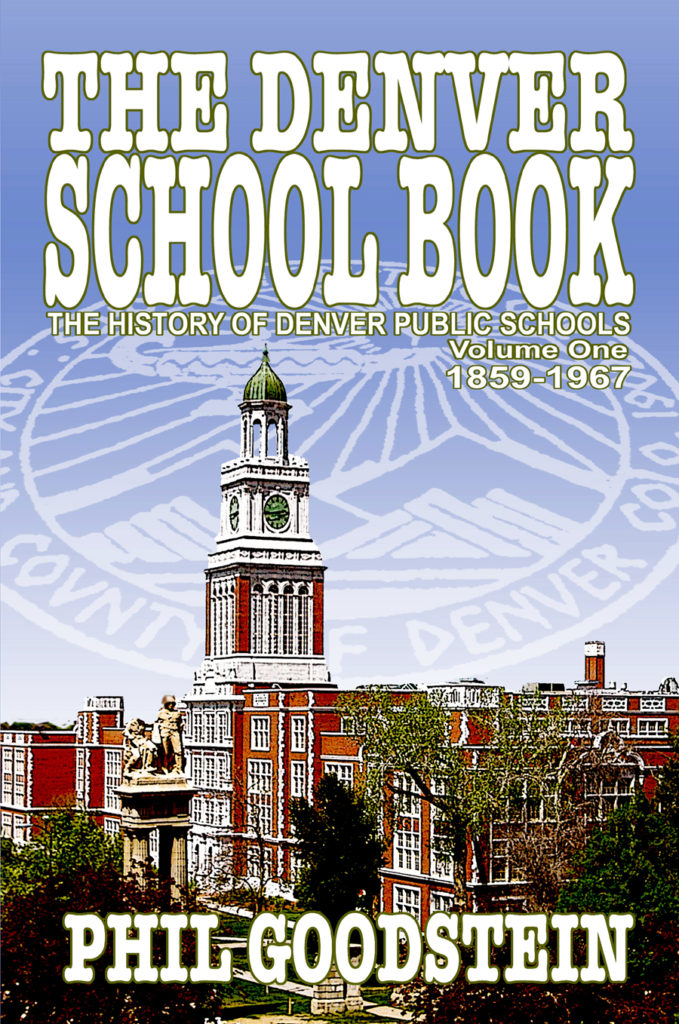
Phil Goodstein, The Denver School Book: The History of Denver Public Schools, 1859–1967. Denver: New Social Publications, 2019. ISBN 0–9860748–4–5/978–0–9860748–4–4. vi + 490 pp. Illustrations. Index. $24.95.
Denver Public Schools (DPS) have been in the news lately. A strike recently convulsed the district, shortly after it had hired a new superintendent. But the schools are always in the news. From the time of the Pikes Peak gold rush in 1859, residents have insisted that schools are at the heart of the city’s vitality. The school system has reflected the hopes, passions, and fears of the community.
All of this comes across in a fascinating survey of Mile High public education, The Denver School Book, 1859–1967, by veteran historian Phil Goodstein. It traces the origins of Mile High schools to the arrival of the city’s first schoolmaster, Owen J. Goldrick, in 1859. From there it traces how Denver was soon home of numerous different school districts. This eventually led to their consolidation in 1902 as District #1 of Denver Public Schools of the City and County of Denver.
This is only the beginning of this sweeping, well-illustrated volume. It explores superintendents, members of the board of education, and the district’s facilities. The Denver School Book emphasizes that DPS once took immense pride in the architectural distinction of its schoolhouses. The study further explores how the Chamber of Commerce, working with the PTA, essentially gained control of the school board in 1917, dominating it for the next 50 years.
The first volume of a planned trilogy, The Denver School Book observes 1967 was a crucial turning point in the operations of District #1. That year Kenneth K. Oberholtzer retired after 20 years as superintendent. Under him, DPS had the reputation of being a model district. Even so, by the early 1960s tensions grew, especially on whether DPS was operating an illegally segregated, dual system whereby it had one set of schools for whites and another for blacks. This exploded in 1969 in a federal lawsuit challenging District #1’s racial policies. That subject will be the focus on volume two, The Denver School Busing Wars, 1967–1995. Volume three will bring the story into the end of the second decade of the 21st century. In passing, the undertaking examines the character of public education as a whole and the relationship between the schools and the community.
Phil’s Other Books:
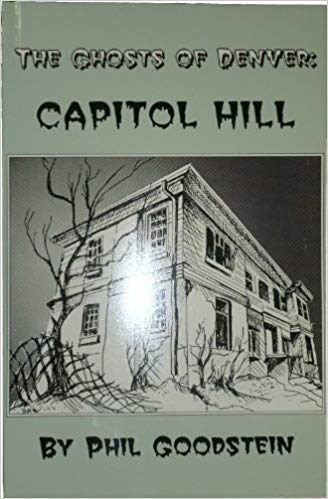
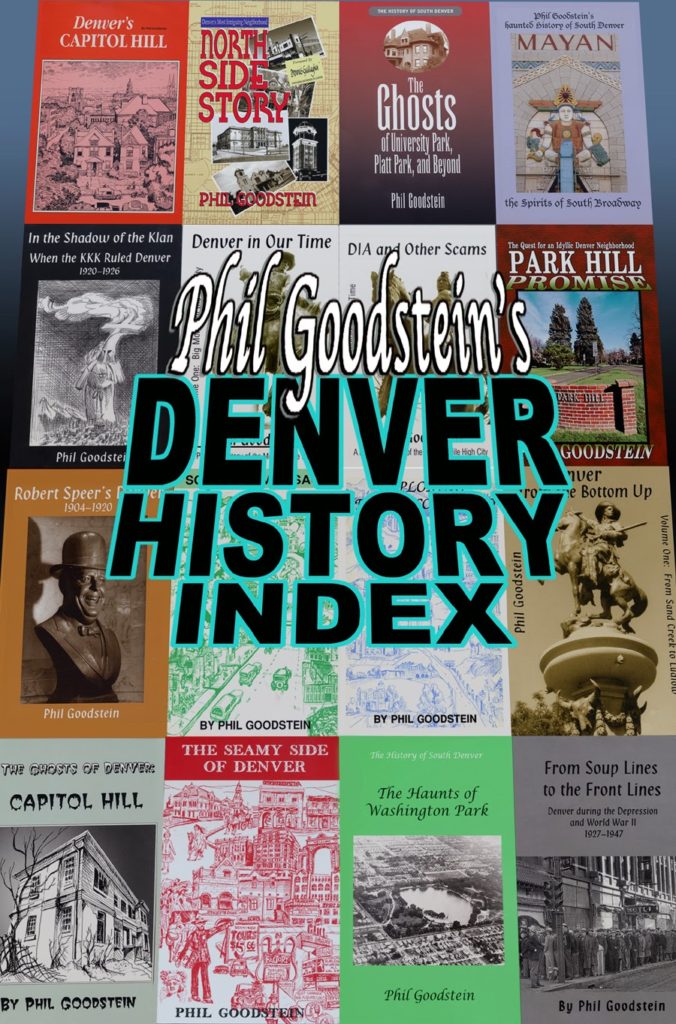
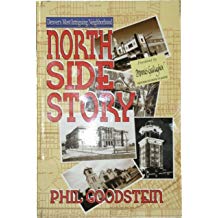
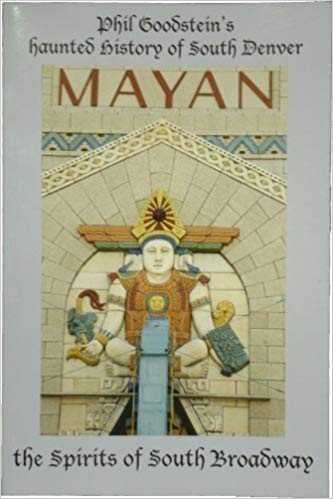
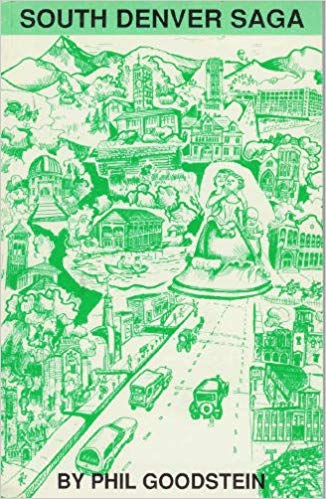
Phil Goodstein (303)333-1095

